Financial crime is evolving fast, and compliance roles are evolving with it. In 2025, fighting money laundering isn’t just about understanding regulations; it’s about knowing how to think strategically, move quickly, and work with intelligent systems.
AML leaders are under pressure to build teams that can handle both regulatory complexity and real-time decision-making.
Yet, the AML talent pipeline hasn’t kept up. Traditional hiring, focused on legal backgrounds and box-ticking skillsets, is no longer enough. The new compliance environment demands a different kind of professional: one who can connect dots across systems, data, and behavior.
To build future-proof AML teams, compliance leaders are rethinking who they hire, how they train, and what success looks like. Here’s a breakdown of the critical skills shaping the next generation of AML professionals.
Investigative Mindsets, Not Just Policy Interpreters
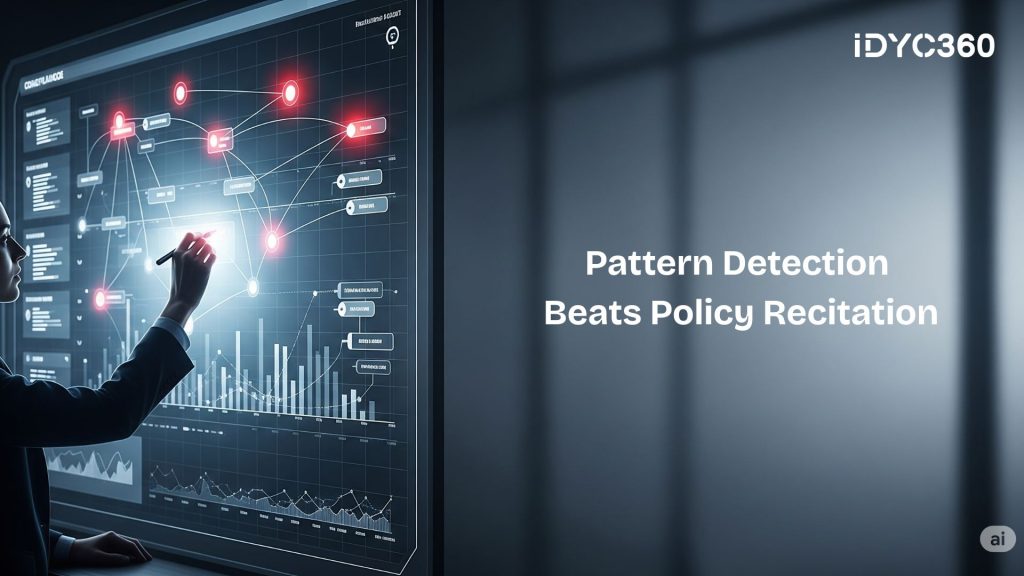
AML professionals today must operate like investigators—curious, skeptical, and detail-oriented.
While past roles focused heavily on regulatory interpretation and documentation, the new frontier requires identifying intent, spotting deception, and piecing together complex behavioral puzzles.
These roles increasingly involve digging into transaction trails, comparing entities across datasets, and asking the right follow-up questions when something seems off, even if it’s technically compliant.
A background in law enforcement or investigative journalism can sometimes outperform a purely regulatory CV.
Why this matters: Financial crime hides in ambiguity. You need people who aren’t afraid to dig deeper and think beyond rules—who see patterns where others see noise.
Fluency in Data Tools & Workflow Platforms
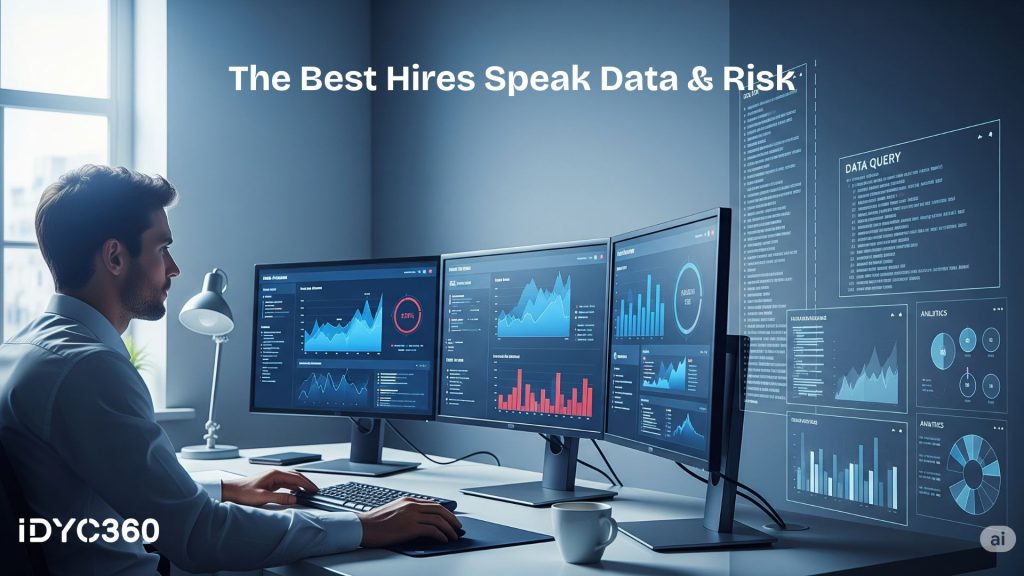
Modern AML teams rely on platforms, not paper. Whether it’s screening software, alert triage engines, or onboarding dashboards, today’s professionals must be comfortable working in tech-forward environments.
The most sought-after hires understand how to navigate dashboards, extract relevant data, and collaborate across systems.
Familiarity with tools like Looker, SQL, Alteryx, or even low-code automation platforms is a huge asset. It allows them to move faster and reduce dependency on tech or data teams.
In short, the best hires can read a spreadsheet and a risk model, and know how to make smart decisions using both.
Cross-Domain Exposure: AML Meets Cyber, Fraud & Product
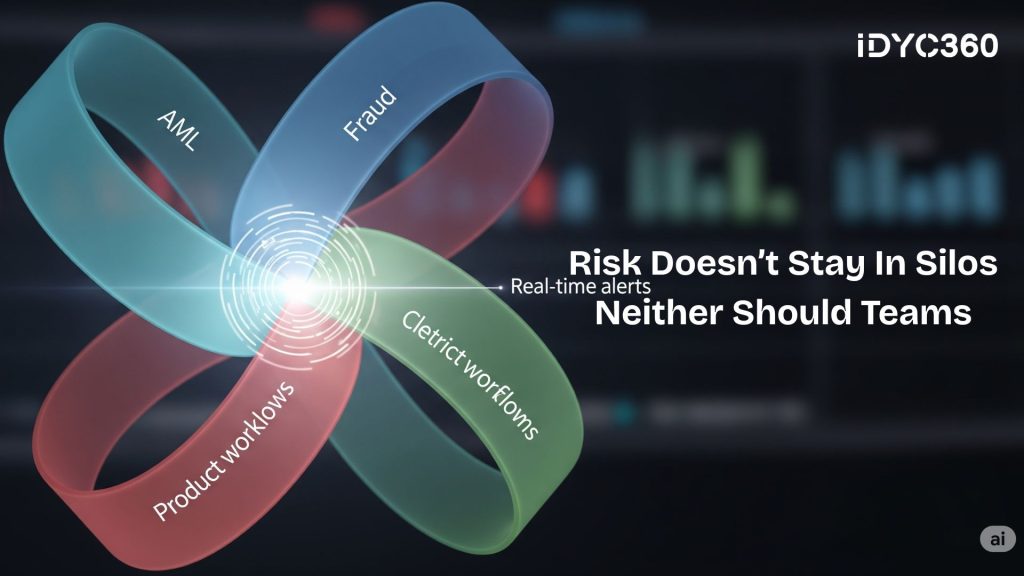
The walls between AML, fraud prevention, cybersecurity, and product risk are disappearing. Increasingly, compliance incidents span multiple domains: a phishing attack might lead to account takeovers; fake onboarding could be linked to mule accounts; transaction fraud may signal money laundering.
AML professionals who understand these intersections are invaluable. They can flag risks that don’t fit neatly into one category, and they’re comfortable coordinating with engineering, legal, product, and customer experience teams.
This means compliance leaders are hiring for breadth, not just depth, looking for professionals who can operate in complex, hybrid environments and contribute across silos.
AI Literacy & Model Oversight Skills
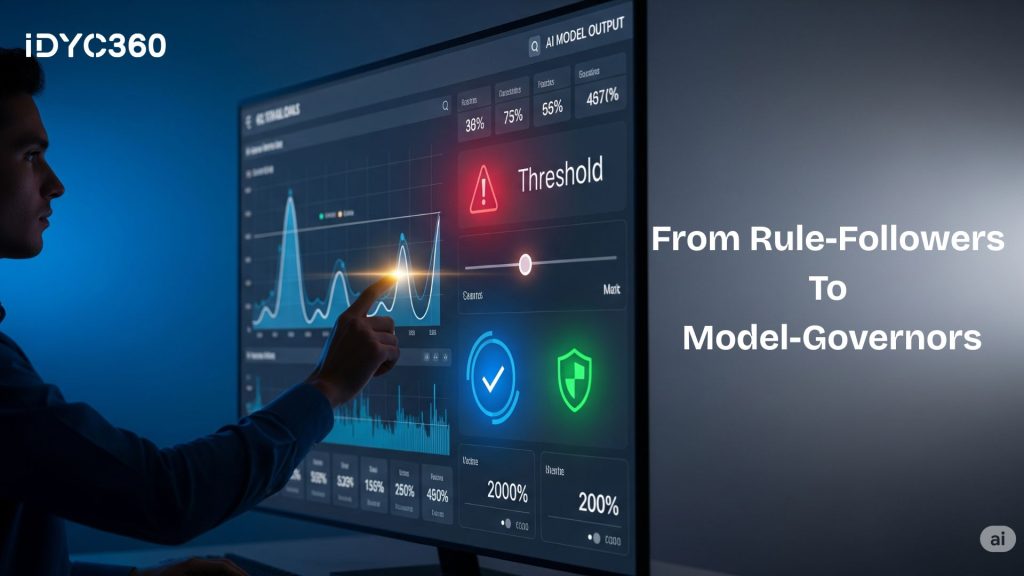
AI and machine learning are now baked into compliance platforms. But models are only as effective as the humans who govern them. As regulators expect explainability and bias control, compliance professionals must know how to:
- Interpret algorithmic scoring
- Spot edge cases and false positives
- Tune thresholds in line with regulatory expectations
- Document overrides and rationale for decisions
That’s why AI literacy is no longer optional—it’s essential. Compliance professionals don’t need to build models, but they must understand how models behave and how to intervene when necessary.
It’s a shift from rule-following to model-governing.
Regulatory Intelligence & Forward-Looking Thinking
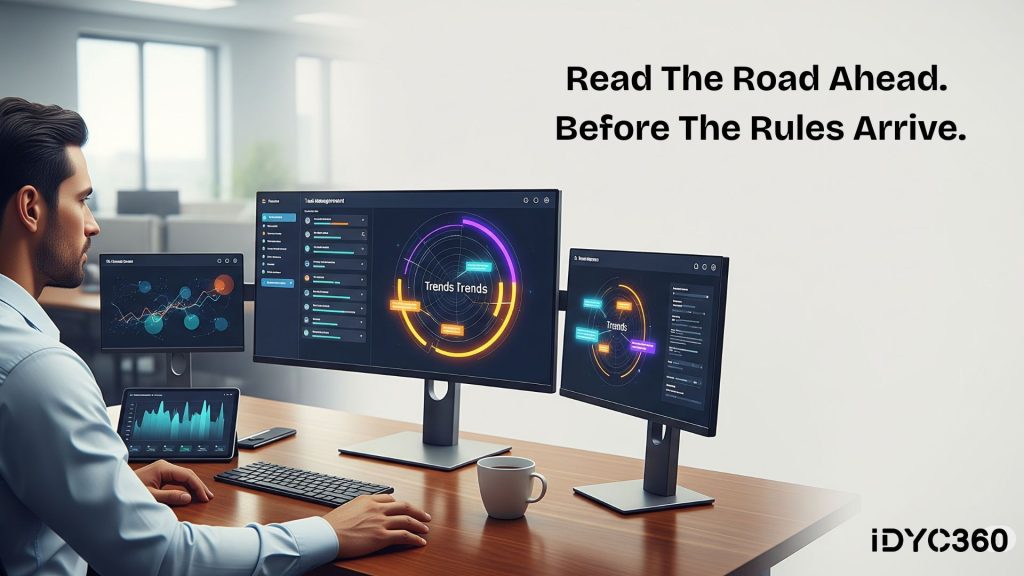
Keeping up with regulations is table stakes. The real value lies in interpreting it quickly and operationalizing it effectively.
In today’s hiring landscape, professionals who understand the implications of new FATF guidelines, FinCEN advisories, or EU/UK rule changes and can translate that into platform requirements stand out.
Top candidates also bring a future-focused mindset: they don’t just ask “what’s the rule?; they ask “what does this trend mean for our business 6 months from now?”
In short, AML is no longer reactive. Teams that thrive are those that can read the regulatory road ahead and build controls before they’re mandated.
Communication, Documentation & Narrative Building
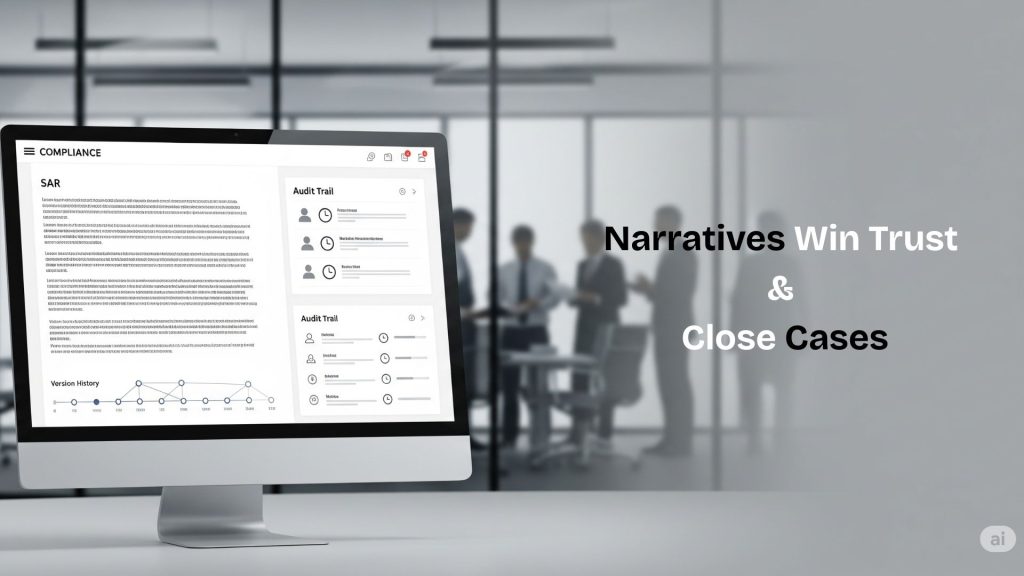
Even in tech-heavy compliance teams, the ability to write clearly and document persuasively is crucial. Whether it’s preparing SARs, documenting alerts, or walking regulators through a decision trail, narrative clarity matters.
Modern AML professionals must be able to:
- Craft a defensible narrative for any decision
- Communicate risk posture to non-technical stakeholders
- Document workflows and escalation protocols for audits
Great communication ensures internal alignment, regulator trust, and cross-functional support. It turns compliance from a cost center into a strategic partner.
How IDYC360 Supports Modern AML Teams

IDYC360 equips modern AML teams to work faster, think smarter, and operate in real-time, with systems designed for human + machine collaboration.
Investigator-Centric UX
Cases are framed with contextual highlights, behavioral flags, and entity links—empowering teams to think critically, not just react.
No-Code Risk Tuning
Non-technical teams can adjust risk logic, thresholds, and workflows on the fly, without IT tickets or engineering cycles.
Model Transparency
Every score is paired with input signals, contributing weights, and decision logic, supporting explainability and audit readiness.
Multi-Risk Unification
AML, fraud, sanctions, and behavioral anomalies are surfaced in one workflow—ideal for multidisciplinary teams.
Built-in Quality & Training Layers
New hires can onboard faster with workflow guidance, pre-built logic templates, and auto-logged case trails.
Audit-Ready Documentation
Every decision is logged, timestamped, and exportable, making compliance reviews seamless and regulator communication simple.
With IDYC360, compliance professionals are empowered, not overwhelmed.
Final Thoughts
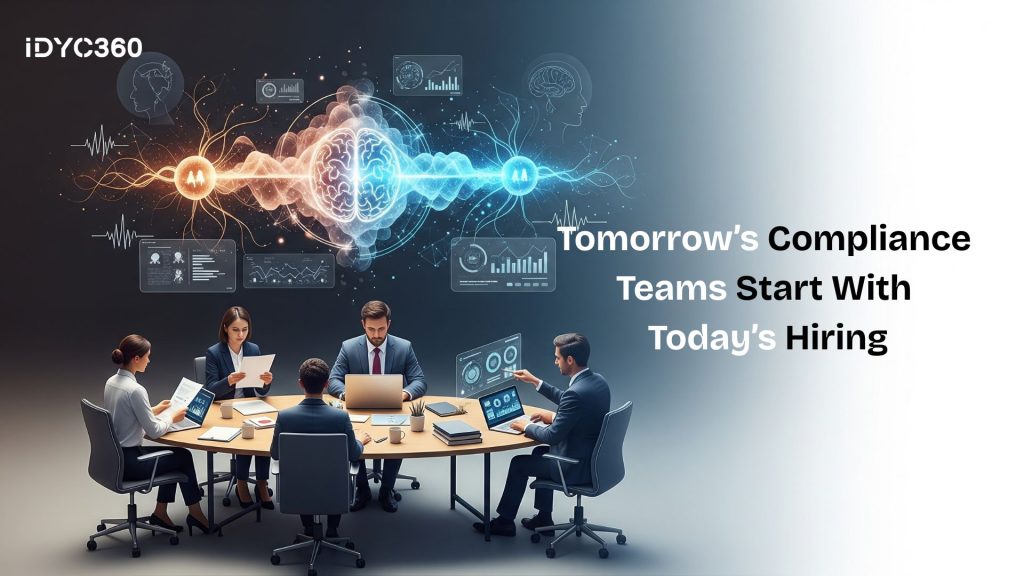
As financial platforms evolve, the risks they face grow faster than the rules can keep up.
AML teams need more than just people who know policy; they need people who can interpret patterns, work with AI, and build narratives regulators will trust.
Hiring the right talent and giving them tools designed for modern threats is what separates reactive compliance from strategic risk leadership.
Ready to Stay
Compliant—Without Slowing Down?
Move at crypto speed without losing sight of your regulatory obligations.
With IDYC360, you can scale securely, onboard instantly, and monitor risk in real time—without the friction.








